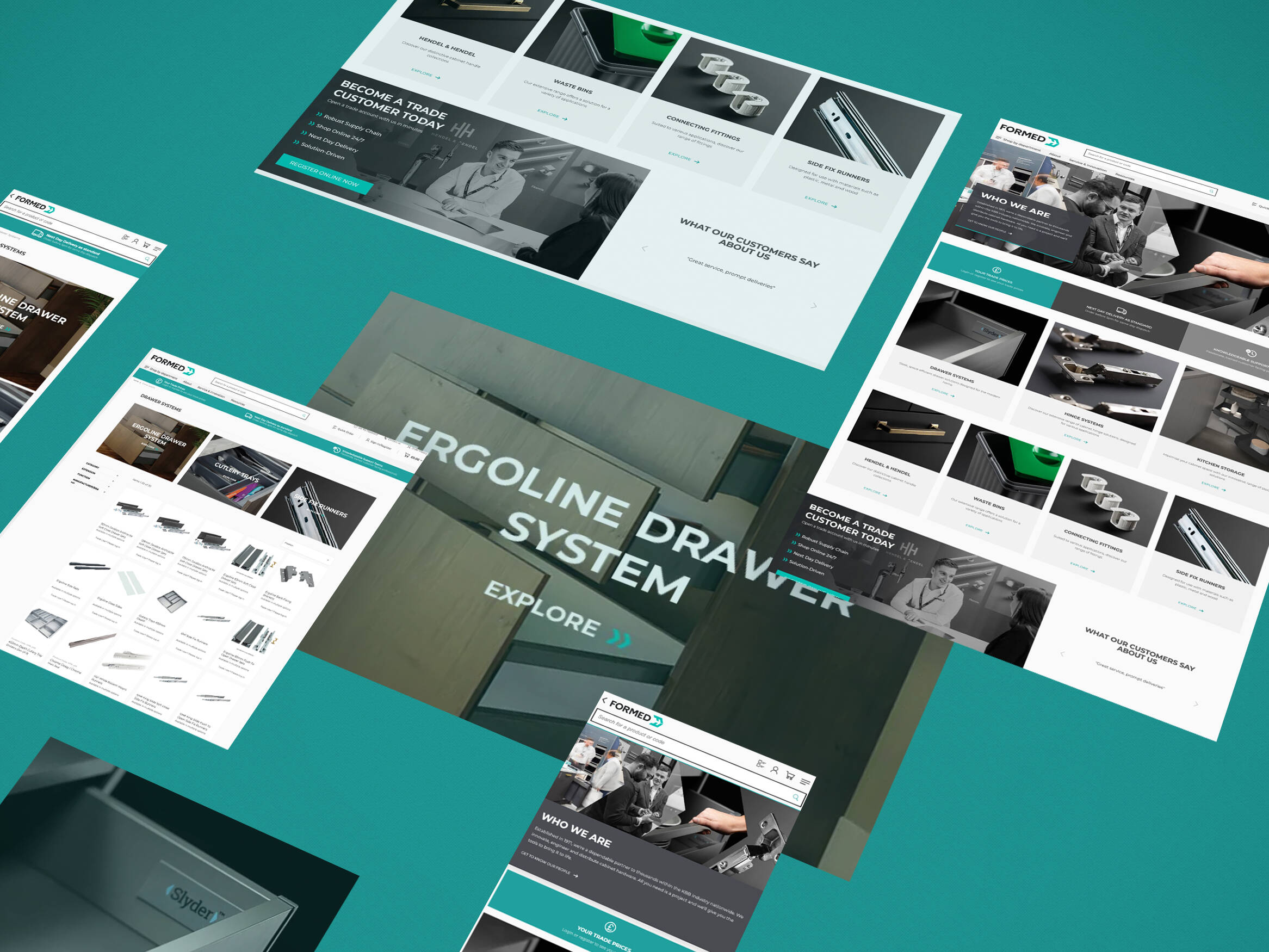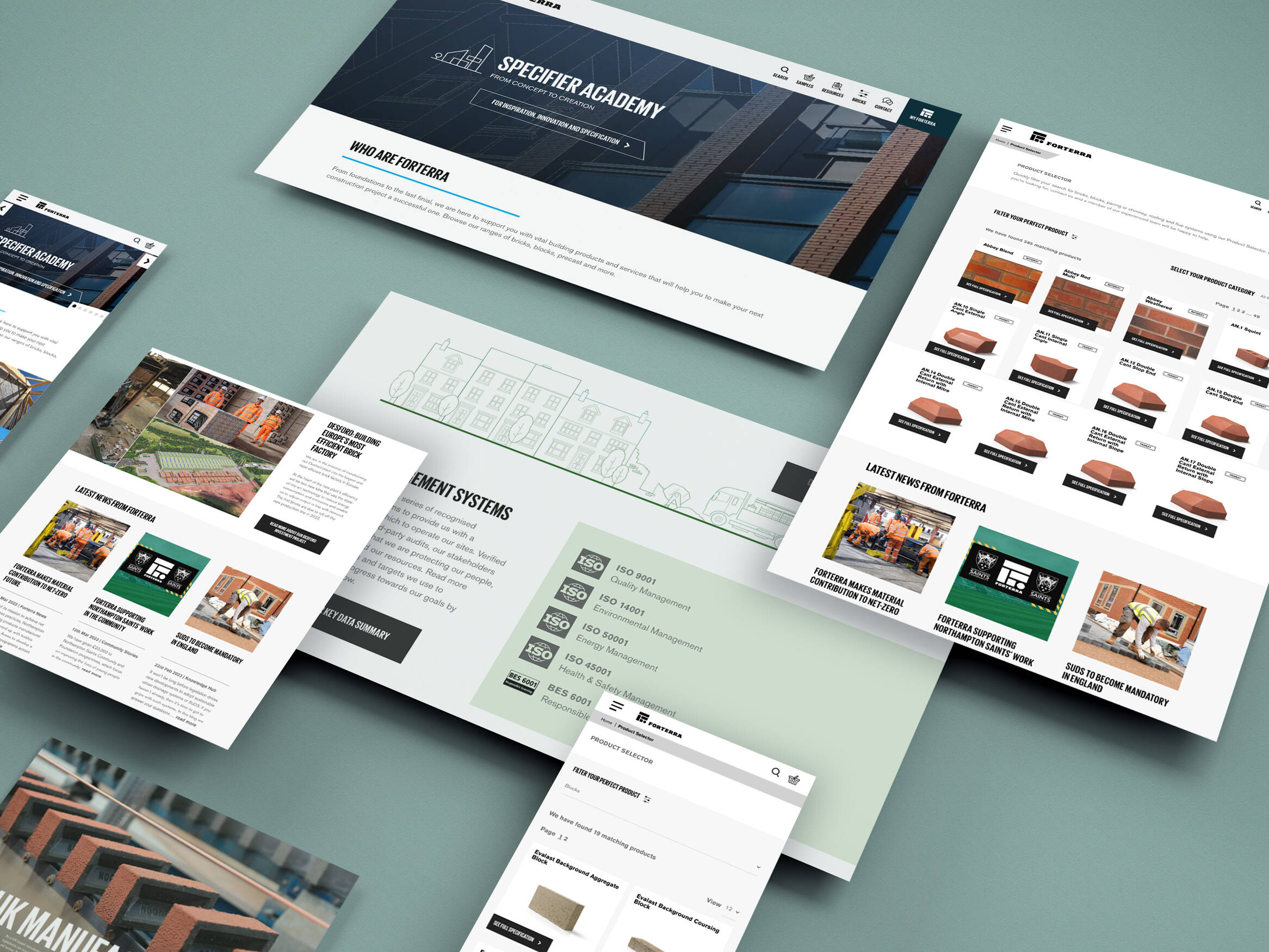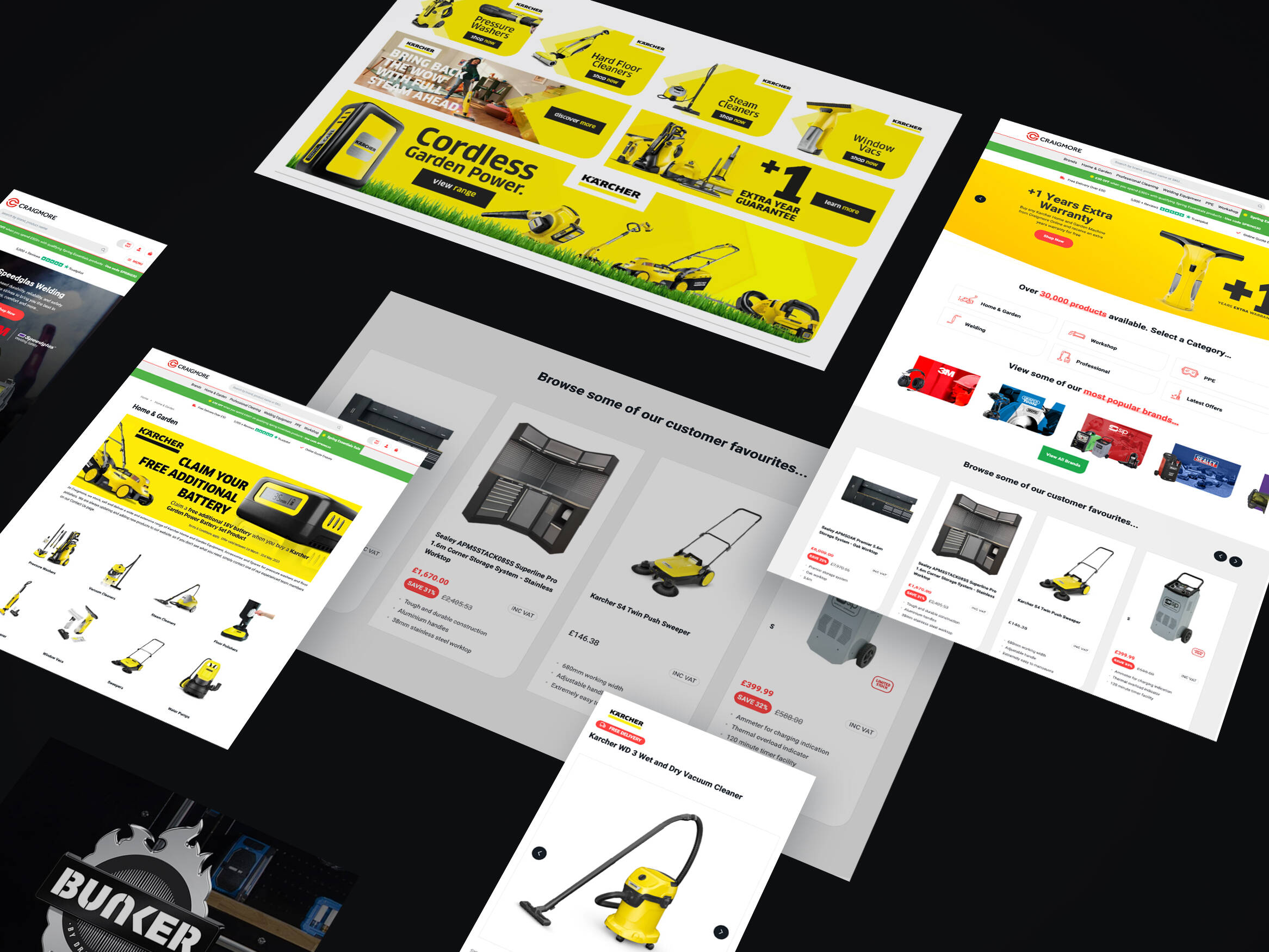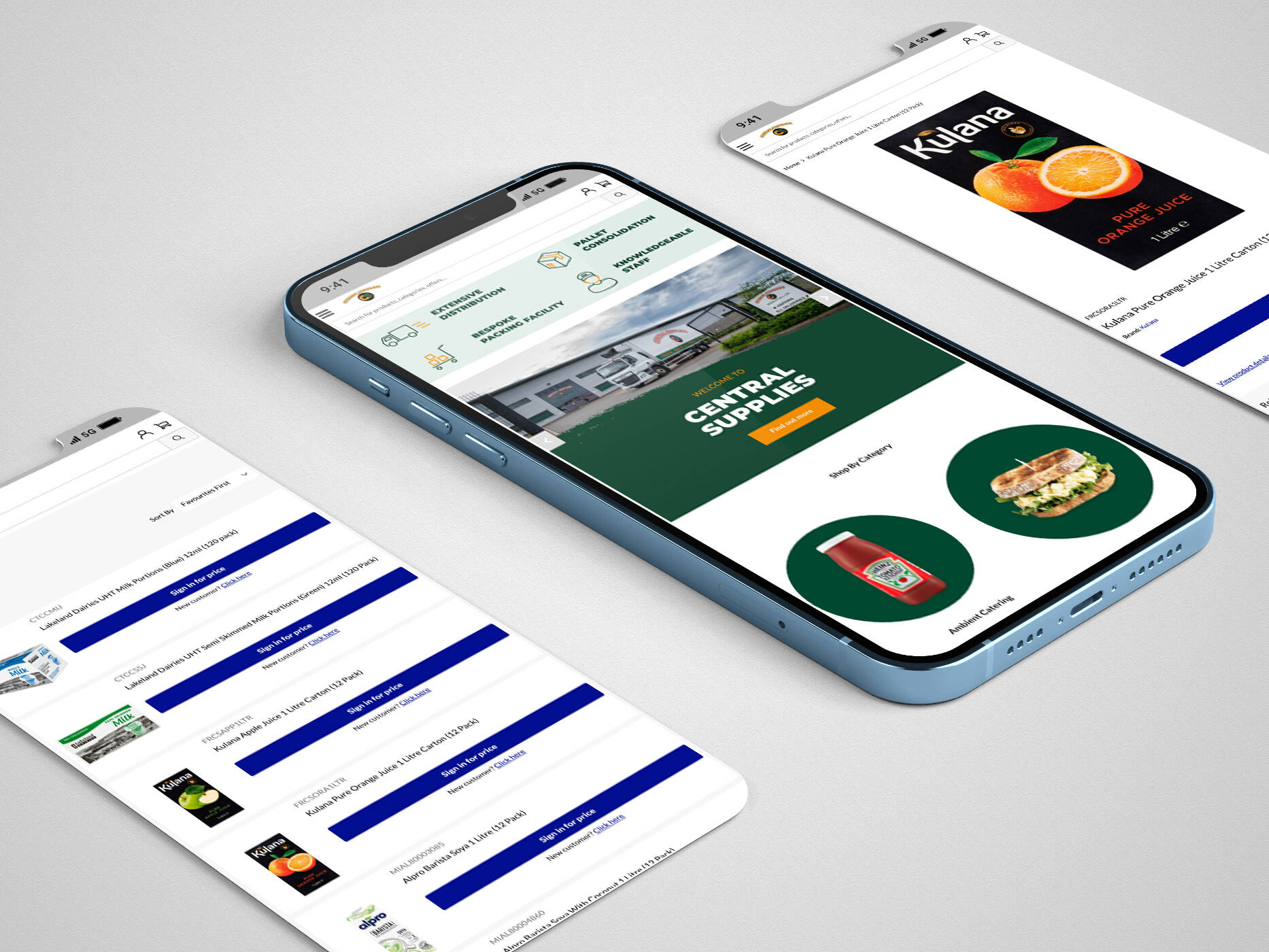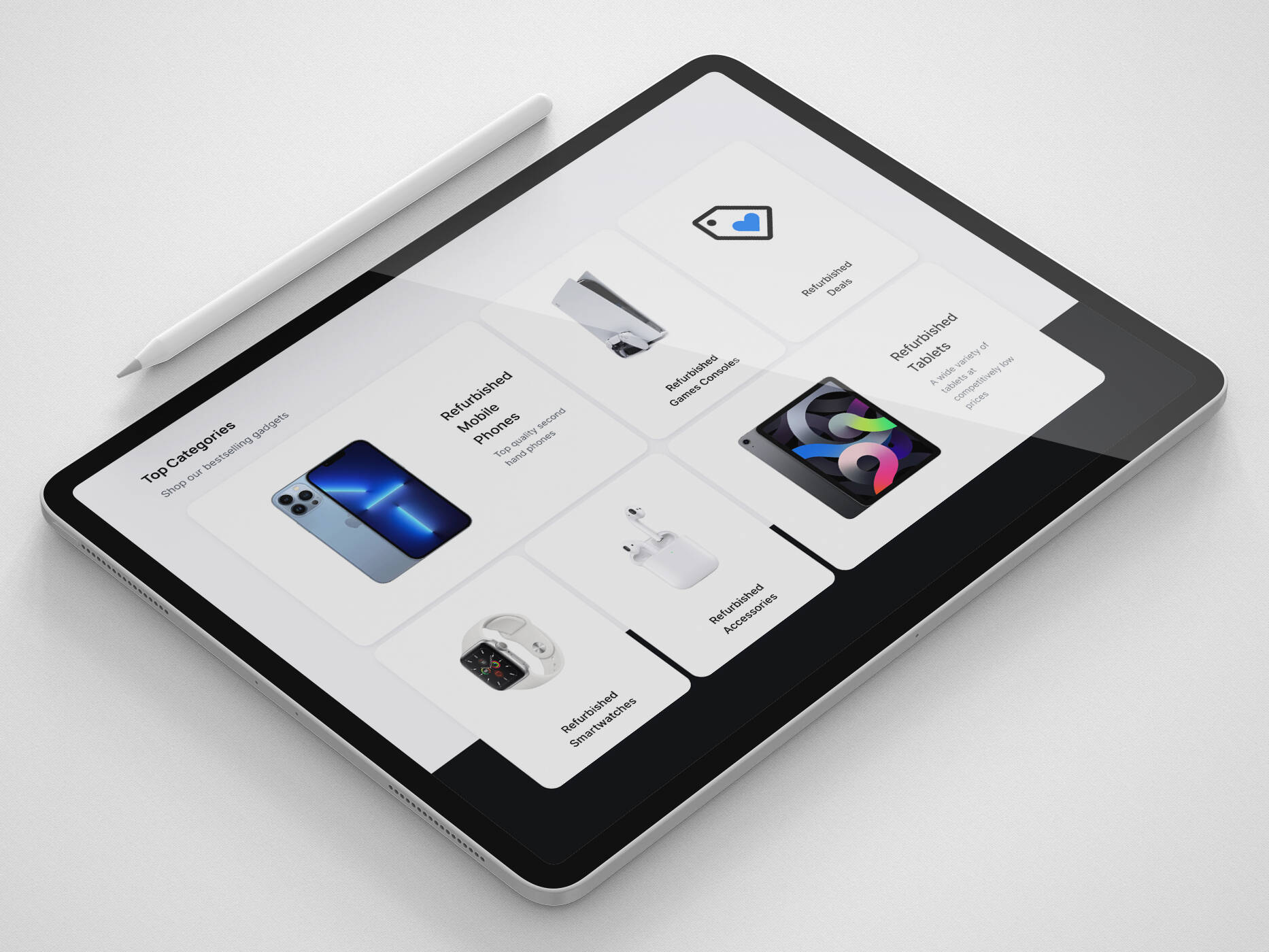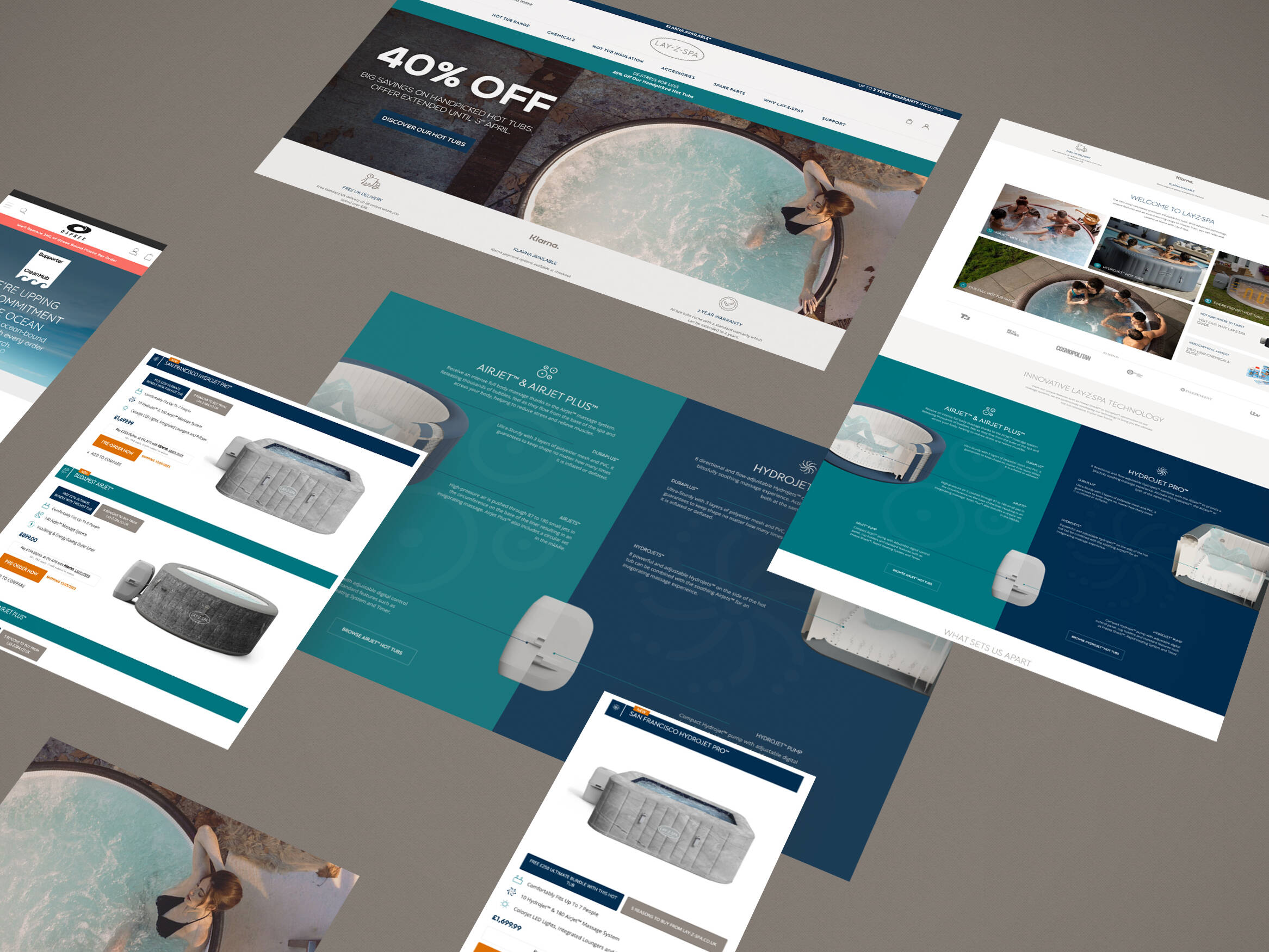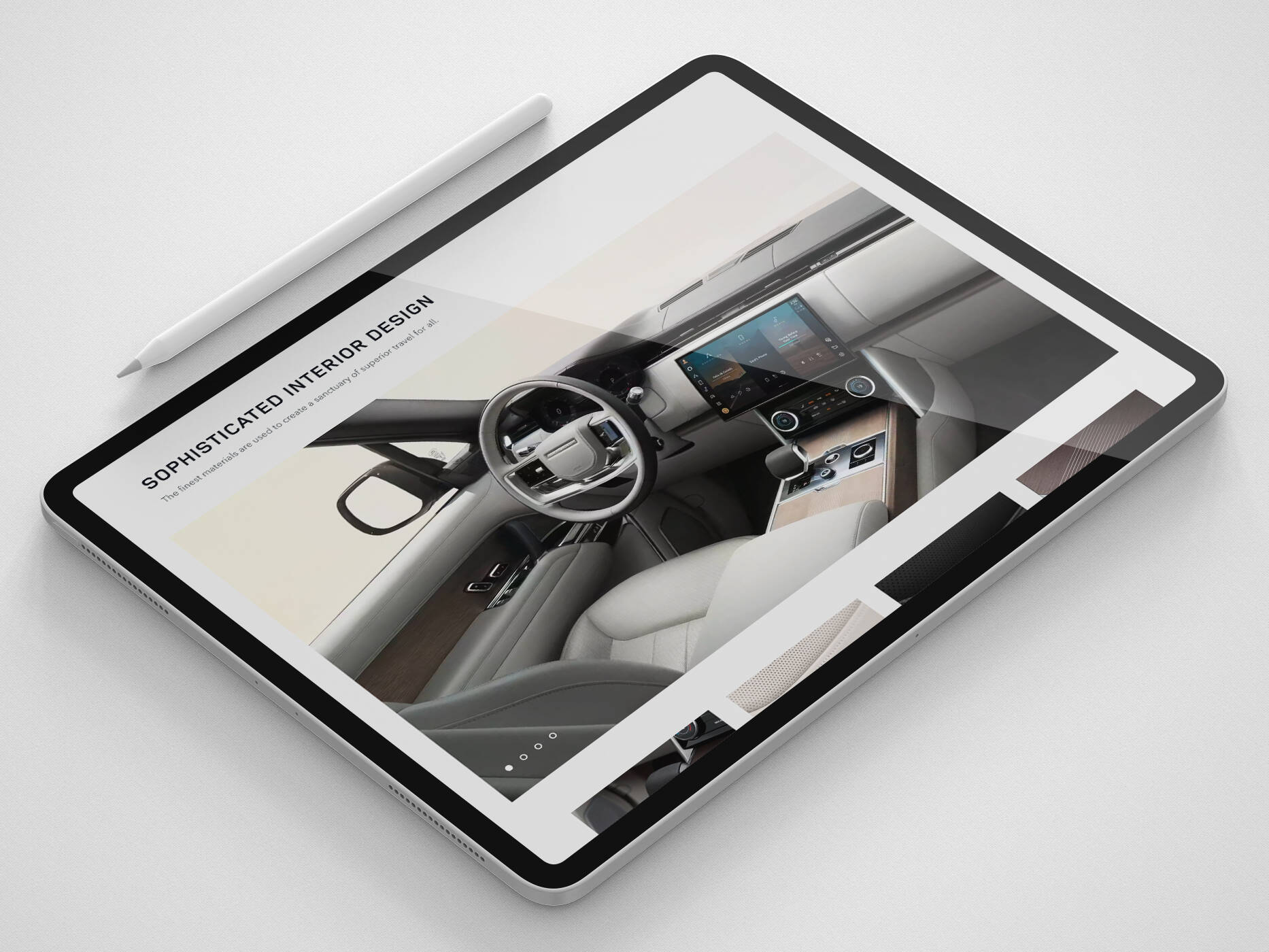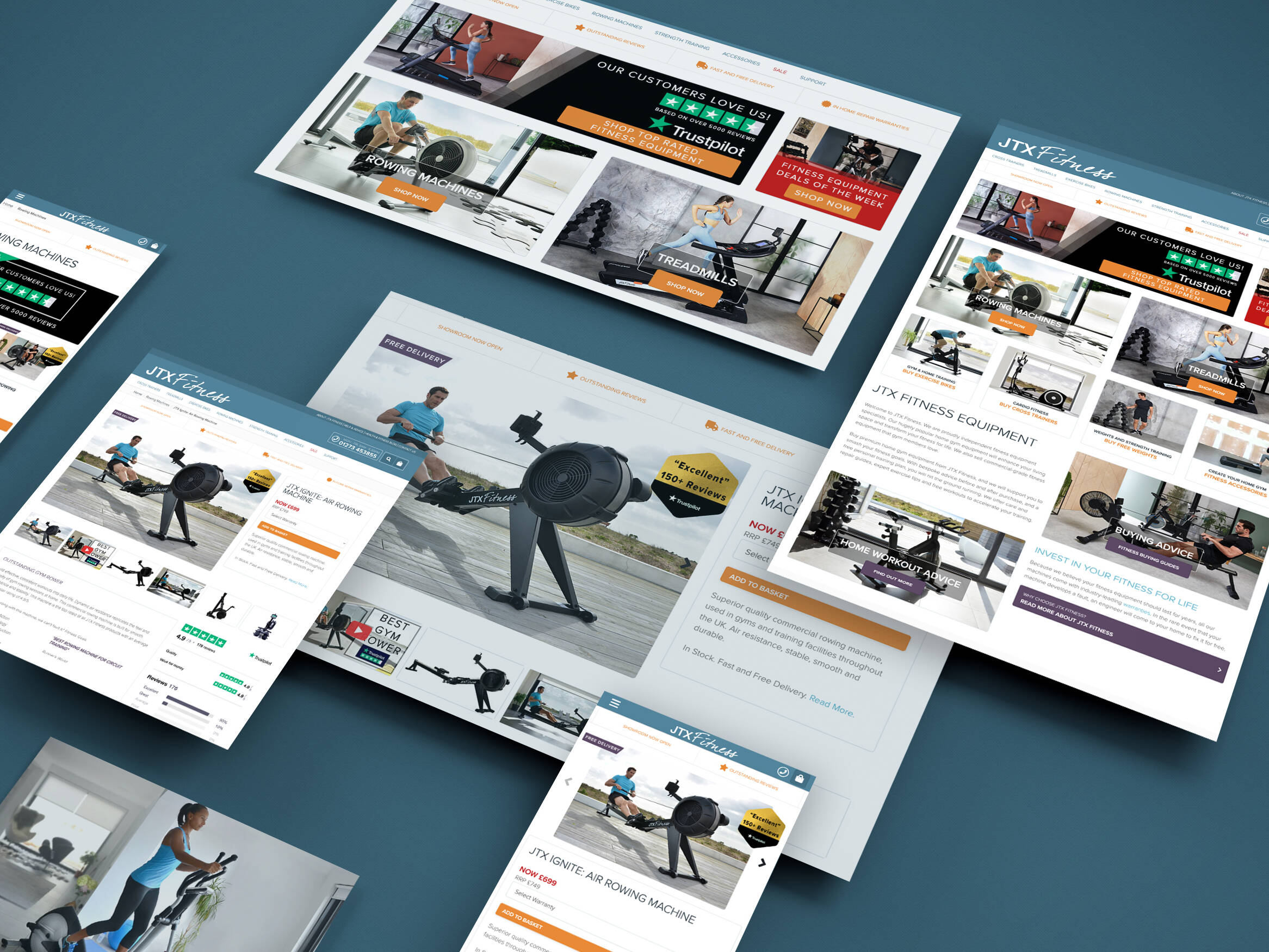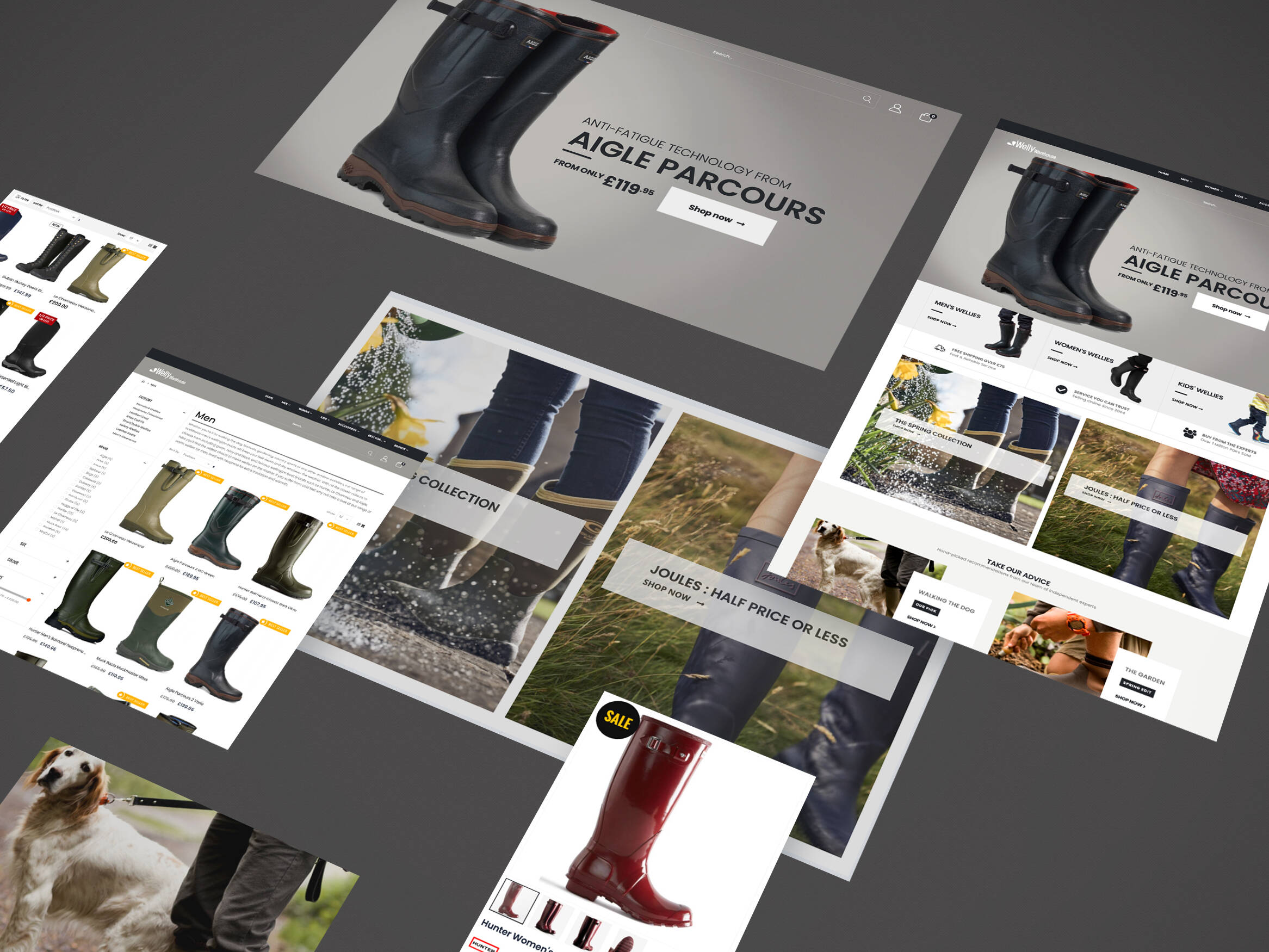Magento 2 – what’s new? As Magento Gold Partners, it’s a question we’ve become accustomed to. Sure, Magento 1 is already jam packed with a comprehensive set of functionality but with a constantly evolving tech world, Magento knew they couldn’t rest on their laurels. Magento 2 is the future of Magento and quite possibly the future of your eCommerce store too. If you’re thinking of making the upgrade or launching your first eCommerce site, you’ll no doubt want to know about the many Magento 2 new features to make sure it’s the right fit for your business. Here goes…
Magento 2 New Features
With such a wide range of new features, we have focused our review on what we perceive to be the changes that we think will have the biggest impact on our clients and indeed us as an agency. You can access the full list of new Magento 2 features here.
1. User-Friendly Approach
The most obvious change is that Magento 2 has gained a brand new admin panel. And, it looks like it! Now consisting of a discreet design, with simplified navigation of tools and a little less orange, it seems like a completely different system.
Although at first for experienced Magento 1 users it may take a little getting used to, it is easier for new team members to learn. Admin can customise the panel so important business information can be quickly accessed. This means each panel can be personalised to each user helping improve the productivity of managing products, orders and customer data.
New Admin Security
Only one person can be logged in per admin user account. Good or bad, we will let you decide. If a user tries to log in with the same admin account, other users will be logged out. It may be a little annoying but this is a helpful security measure. When working on a website, you will know if someone else is trying to access your account through your username and password. For companies prone to being hacked, this is a great way to up the ante on your security.
What We Suggest
For companies where it’s necessary for lots of users to access an account, we advise you to create a unique username and password for each administrator. This way everyone who is required, can work in the backend of the store without being logged out by their colleagues every few minutes.
2. It’s All In The Touch
The main reason for a new interface is to help reduce the time spent managing an online store. With drag-and-drop layout editing, online stores can be beautified in a matter of minutes.
Retailers On The Move – Literally!
It doesn’t stop there. The backend administrative dashboard is responsive and has touch-friendly navigation. That means users can also access their store via a tablet. The menu and links have been designed spread out to allow each button to be clicked on with ease.
For retailers who need to manage orders whilst moving around their office or warehouse, they can be on-the-go and do exactly that. With users having the ability to access their site on portable devices, it means updating the products and monitoring orders can be done at their fingertips. That’s great for the customer whose expectations for up-to-date, high-quality, in-depth product data.
3. Improved Product Section
So, to maintain those high customer expectations, let’s take a look at the new product section. A client’s core interest is in the product he or she came for. As a result, to match their needs and wants, changes were put in place.
What Are The New Features?
- Product variations can now be managed through wizard or manually or by adding and removing attributes
- New options for user notifications
- Users can add product data by mass actions
You now get an expanded set of options for the configuration of each feature. In most cases, it can help to save admin time when editing an online store. Instead of having to individually create simple products to associate to a parent configurable, creating your configurable products has been transformed into a streamlined experience.
4. Streamlined Approach to Common Admin Tasks
Streamlining many of the common admin tasks has helped to speed up and simplify workflow.
Product and Attribute Configuration
Users can create configurable products all from within the new product page, without having to first make the simple products individually. What’s more, attribute creation has also been integrated into this step to help make workflow more efficient when creating products.
Products > Catalog > Add product >

On the “New Product” page to create a configurable product click “Create Configurations”

From here you will be taken through the steps to select or create attributes and then create your options for your configurable product.

Brucey Bonus: You can now drag your product images right into the admin from your desktop!
Customisable Data Grids
Magento 2 has increased the customisation options for the ‘Sales – Order grid’ page and the ‘Products – Catalog’ grid page. Each small improvement is catered to save time and make working in the admin easier and more personal.
Users are now open to more customisation through the updated use of Filters, Views and Columns. These can be found from the left menu.
Go to Products > Catalog or to Sales > Orders

Filters
The M2 Filters are great for organising your results on the page, to look at a specific subset of products or orders. This data can be analysed and monitored to keep track of customer behaviour on your store.
Views
To save admin’s time, M2 has incorporated a new ‘Save View As’ feature to the ‘Views’ tab. This means users can save certain Filters and Column settings when looking at specific orders, products and their subsets.
What We Suggest
Title the view something descriptive to help with finding the right viewing option when you log in again.
When you log in again, you can go right back to that specific setup without wasting time configuring it manually each time you visit your grid.
Under “Default View” – click “Save View As” and give the view a title.

Columns
The Columns new drop-down lets you check exactly which columns you’d like to show, with more column options than in M1. On the grid view, you can also drag and drop selected columns to rearrange the order of them.
Go to Columns – Click and hold the title area of your column – Drag to reorder it on the page.

Add Product Dropdown
Like M1, on the Product Catalog grid page, there is an “Add Product” button, although M2 now includes a drop-down of options. Users can select the specific product type right from the grid page, and it will take them directly to the product creation page.
How is it Different to Magento 1?
In M1, adding a product took you to a separate page to choose product type and the attribute set. Instead, these steps have been simplified so you can choose the specific product type, without navigating to a new page. Having chosen the required type and attributes, you are taken directly to the product creation page.

The new product drop-down menu includes:
- Simple Product
- Configurable Product
- Grouped Product
- Virtual Product
- Bundle Product
- Downloadable Product
Once a product is created and is live on the site, it becomes available for web visitors to purchase. Which takes us to our next improvement: the checkout.
5. Improved Checkout
On the front-end, the greatest difference you will notice is the flow of checkout – on the native Luma theme. A user experiences less complicated checkout processes thanks to Magento removing certain steps. For example, the system now fills out your credit card type, saving you time having to do so. Also, customer confusion on the “Order Success” page has been resolved. Wait, you didn’t realise there was a problem? Where have you been?!
Having made a purchase, customers were then encouraged to create an account with the store. However, many customers expected to see their order information in their account even though they created it after making a purchase. When they couldn’t, many users were uncertain whether their order worked – wouldn’t we all be!

So, although Magento destined this to be a great feature for getting repeat customers, their thinking behind it just fell short. But now with M2, it is possible to retrieve that order information as well as giving customers another chance to sign up for an account in case they missed it before checkout.
The improved checkout customer experience has helped clear confusion and allowed for a quicker checkout process – great for helping to increase conversion rates for store owners.
New Payment Methods
Magento 2 has made no compromises on safety and security of the payment operations online. They have teamed up with Worldpay and Cybersource to tighten their payment protection.
Magento have also added popular extensions such as payment gateways like PayPal and Braintree, giving stores better functionality.
With many Magento users choosing to incorporate these platforms into their M1 sites, the new update has made the process a lot easier.
Key Point: Checking out requires less steps and customer information, buyers have more flexibility when making payments and there is a reduction in the time it takes to checkout. Thus, M2 users should see fewer abandoned carts and more conversions.
6. Magento Marketplace
Like it or not, third-party extensions are a big part of most Magento sites. Though they are great for adding the functionality that shop owners need to enhance and expand their site, many face an unfortunate experience. Extensions can be known to cause a lot of conflicts with parts of the site, requiring owners or developers to try and debug or update these poorly built add-ons.
Let’s Be Optimistic
Thanks to the new Magento Marketplace, many of these headaches should be diminished moving forward. Magento now performs a strict, new review process that gives users better quality plug-ins. They vet and review each extension before deciding if they are acceptable for submission.
The downfall? Since Magento 2 is still fairly new, the review process delays the release date of extensions. It takes greater time for development companies to create their M2 versions of extensions but gradually more and more are popping up every day. And, with better quality control, they will be worth the wait!
7. Framework Improvements
Magento has carefully tuned the new platform, according to community recommendations. The M2 framework is based on reliable technologies with the following essential requirements:
- Major code refactoring took place to get rid of all the mess in the system
- Major Data Grid enhancement
- Users can enable/disable modules for Magento application
- Compatibility with HHVM and PHP 7
- Updated technology stack with default HTML5/CS3 setup and PHP 5
Closing Thoughts
Catering to every user, from admin to developers to customers, Magento 2 new features has a raft of great, granular improvements. Learning a new platform can be daunting and may seem like a humongous task but we believe version 2.0 has updates to benefit all.
Quick View List of Improvements
- One user logged in per username
- Streamlined product and attribute creation/configuration
- Touch-friendly navigation in admin
- Responsive admin
- Customisable data grids in admin
- Improved checkout
- Built-in full page caching
- New Magento Marketplace
You can access a full list of features of Magento here.
If you are already sold on Magento 2 and would like more information about migrating, you can speak with our experts.
Alternatively, we understand some users will find no faults with Magento 1 and may need a little more convincing. Check out this infographic to compare the different versions, side-by-side.
Get in touch
We know commerce, let us help you improve customer experience, increase conversion rates, and make that digital change.
- hello@iweb.co.uk
